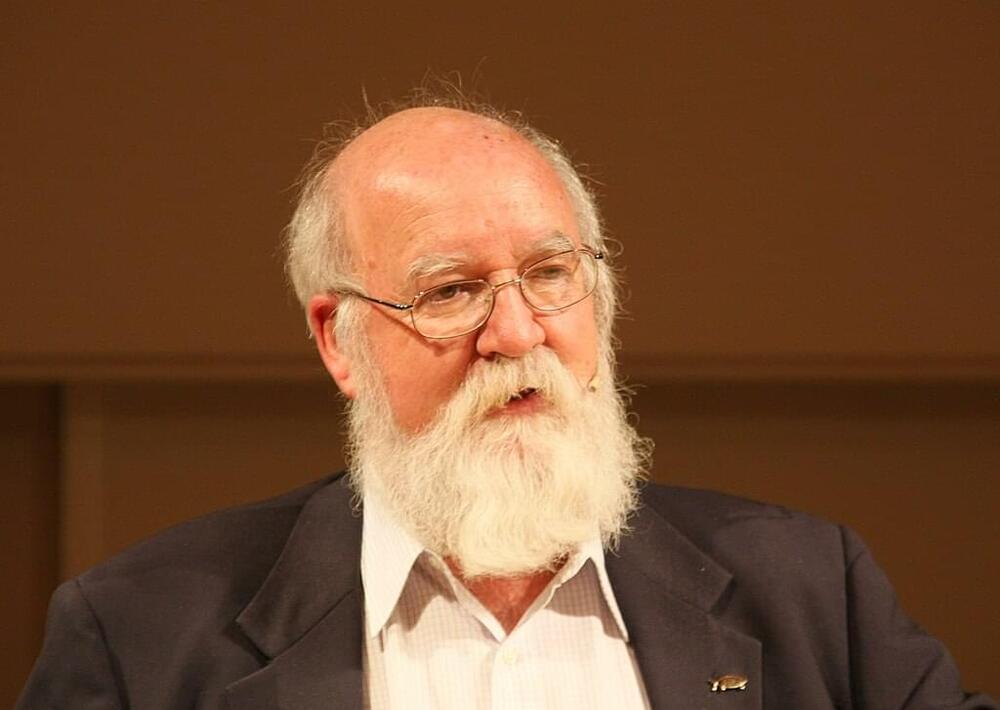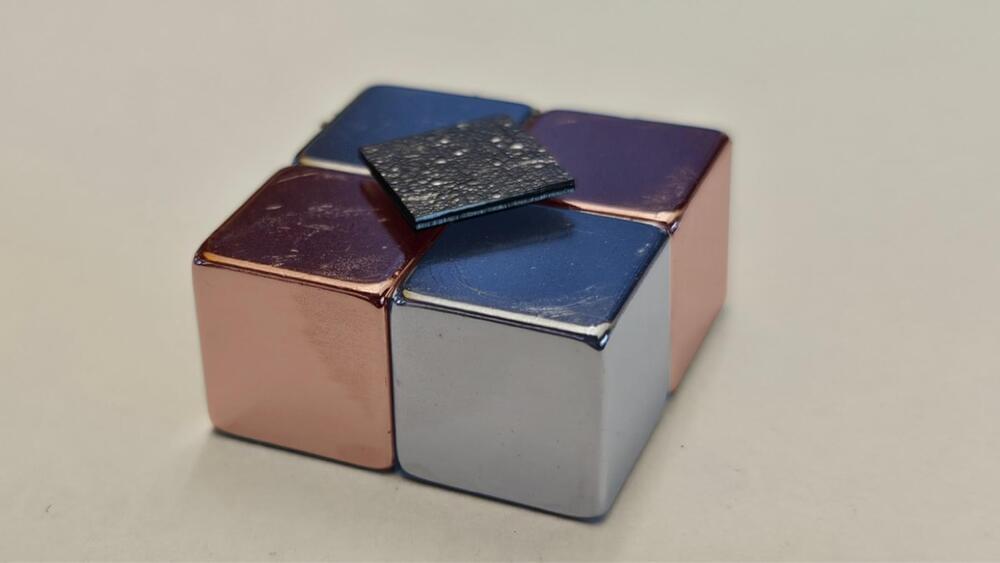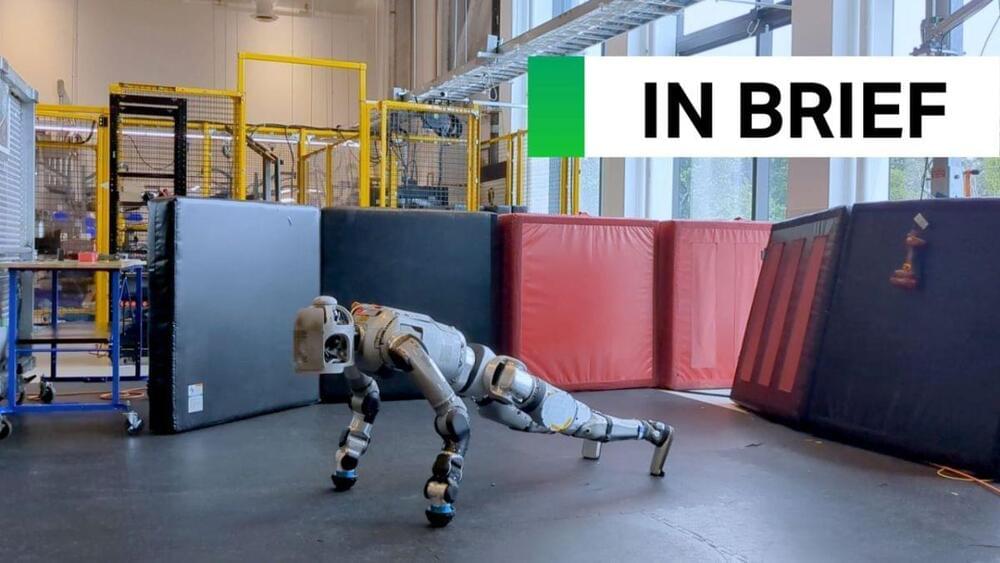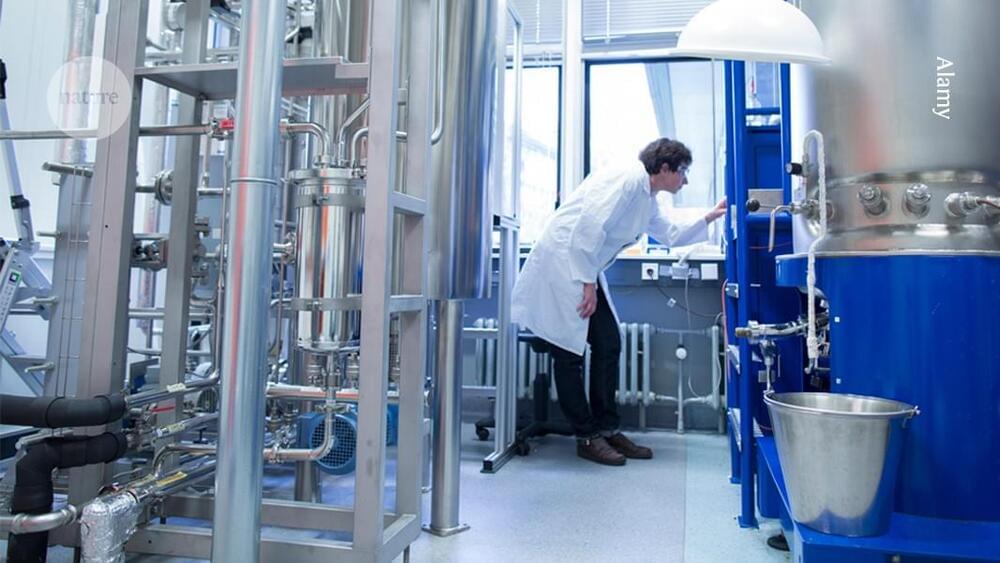Yesterday Daniel Dennett died. He was 82, about the same age as my father when he died a few years ago.




Until today, we’ve seen exactly 40 seconds of Boston Dynamics’ new electric Atlas in action. The Hyundai-owned robotics stalwart is very much still in the early stages of commercializing the biped for factory floors. For now, however, it’s doing the thing Boston Dynamics does second best after building robots: showing off in viral video form.
After debuting a short video of the robot doing push-ups during a recent conference presentation, the company has shared the clip with TechCrunch. While this is in no way an indicator of real-world use, it’s a great demonstration of Atlas’ extremely robust and powerful actuators.
On the future of #ai and #metaverse.
Todays’ hottest 5G Advanced topics available now! https://youtu.be/nOKxaIZDZxM?si=ync_pzPDh8vTePVH click subscribe button.
A Global 5G Community, fostering a community and ecosystem around the development of 5G applications.




Using the CHARA Array at Georgia State University, researchers have unveiled new insights into Polaris, the North Star.
Known for its role in navigation and as the brightest in a triple-star system, Polaris has now been observed in greater detail, revealing its size to be 46 times that of the Sun and showcasing large surface spots. These findings are crucial for using Cepheids as cosmic yardsticks, aiding in the measurement of cosmic distances and the expansion of the universe.
Researchers using Georgia State University’s Center for High Angular Resolution Astronomy (CHARA) Array have identified new details about the size and appearance of the North Star, also known as Polaris. The new research was published on August 20 in The Astrophysical Journal.

Modern astrophysics has enabled scientists to observe the universe with unprecedented clarity, from exoplanets to entire galaxies.
Despite our galaxy blocking some views, advanced tools like the James Webb Space Telescope and upcoming projects such as the Square Kilometre Array are pushing the boundaries of our cosmic understanding. Visualization techniques help researchers explore the universe in both space and time, revealing phenomena like fast radio bursts. Looking ahead, scientists hope to capture images of distant exoplanets and unravel mysteries such as dark energy and the expansion of the universe.
Observing the universe: from exoplanets to galaxies.
Researchers have developed a hydrogel that can learn to play the game Pong, demonstrating that even simple materials can exhibit adaptive behaviors akin to those seen in living systems.
The study, led by Dr. Yoshikatsu Hayashi from the University of Reading, also revealed that similar hydrogels could mimic cardiac tissue, potentially offering new avenues for studying heart arrhythmias and reducing animal testing in medical research.
“Hydrogel Brain” Learns To Play Pong